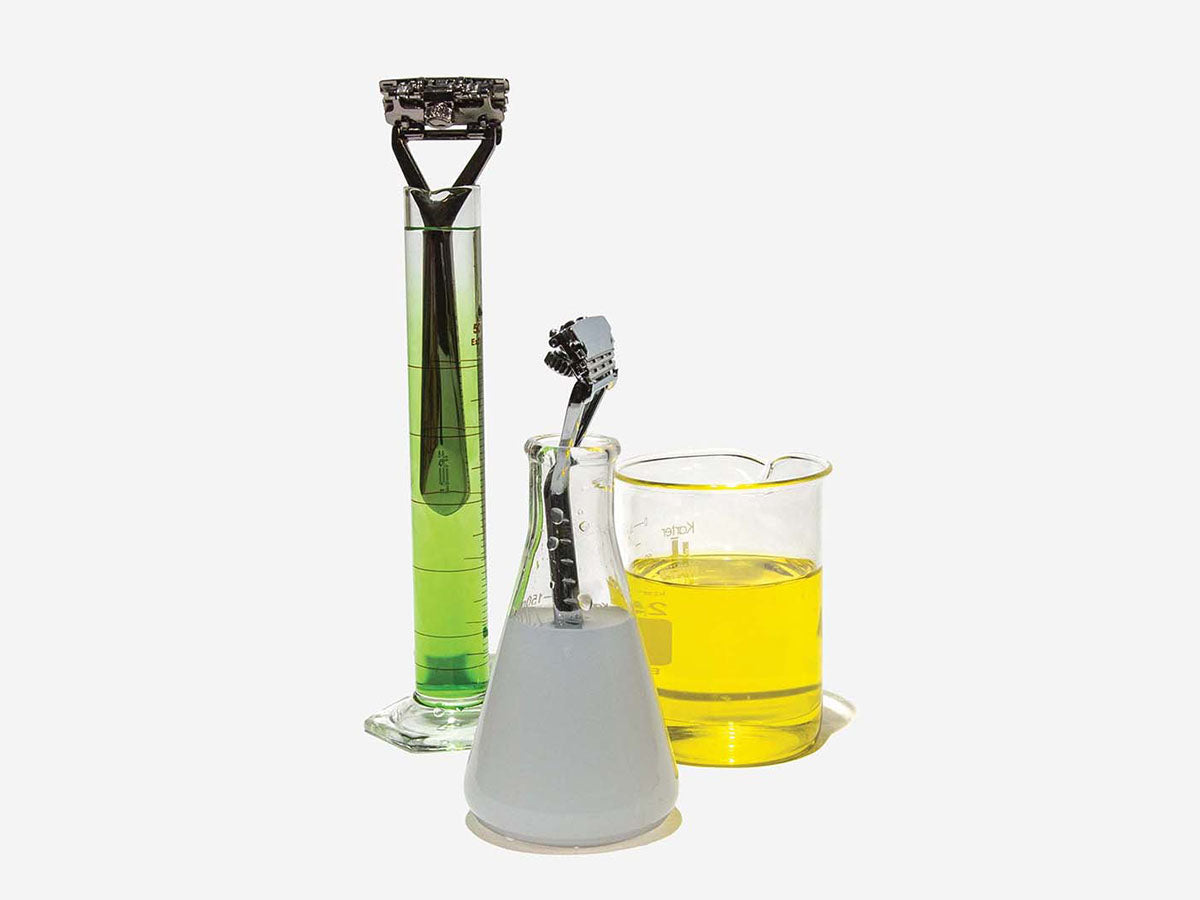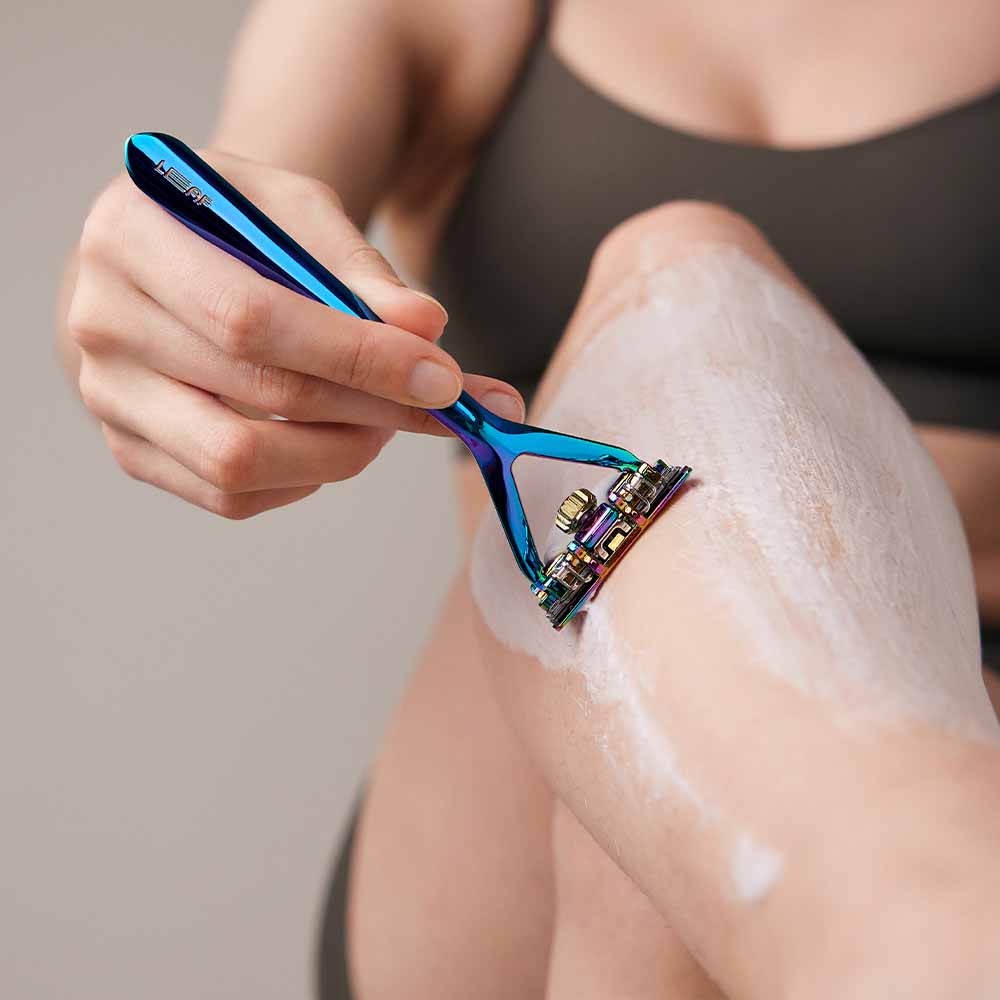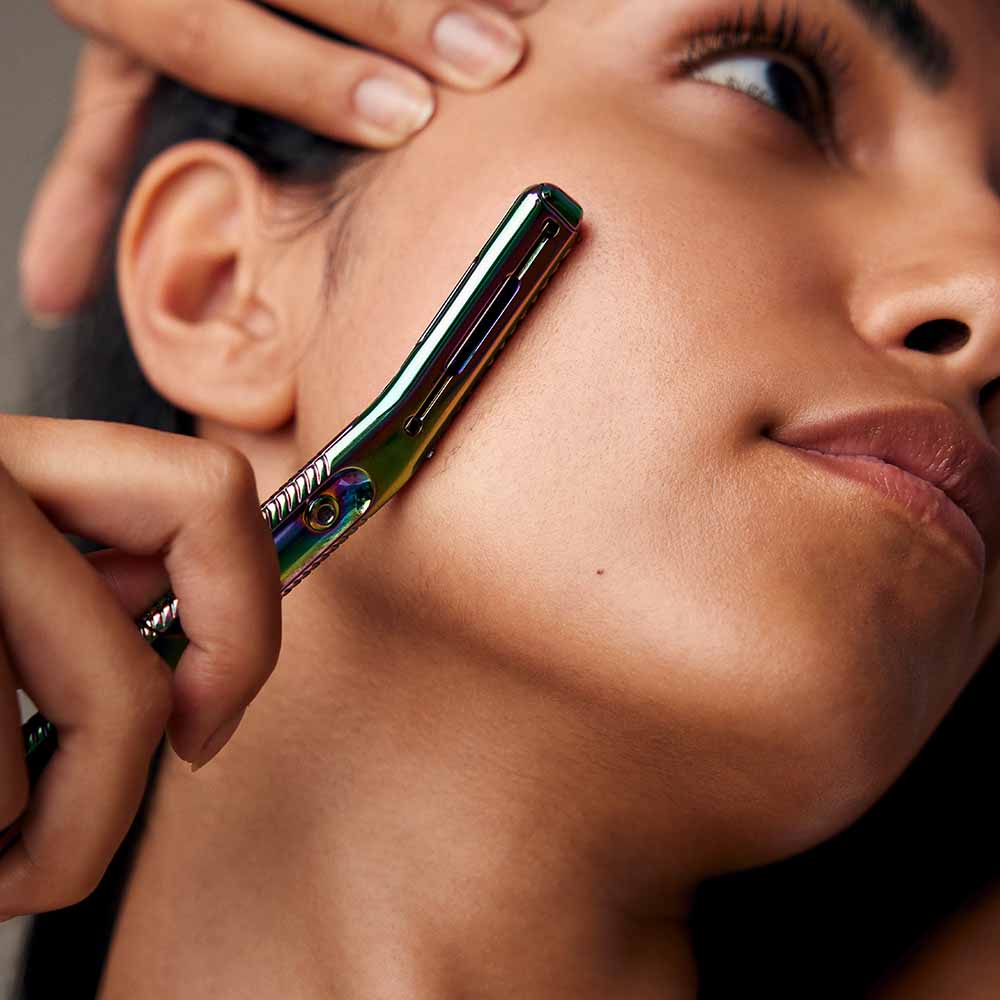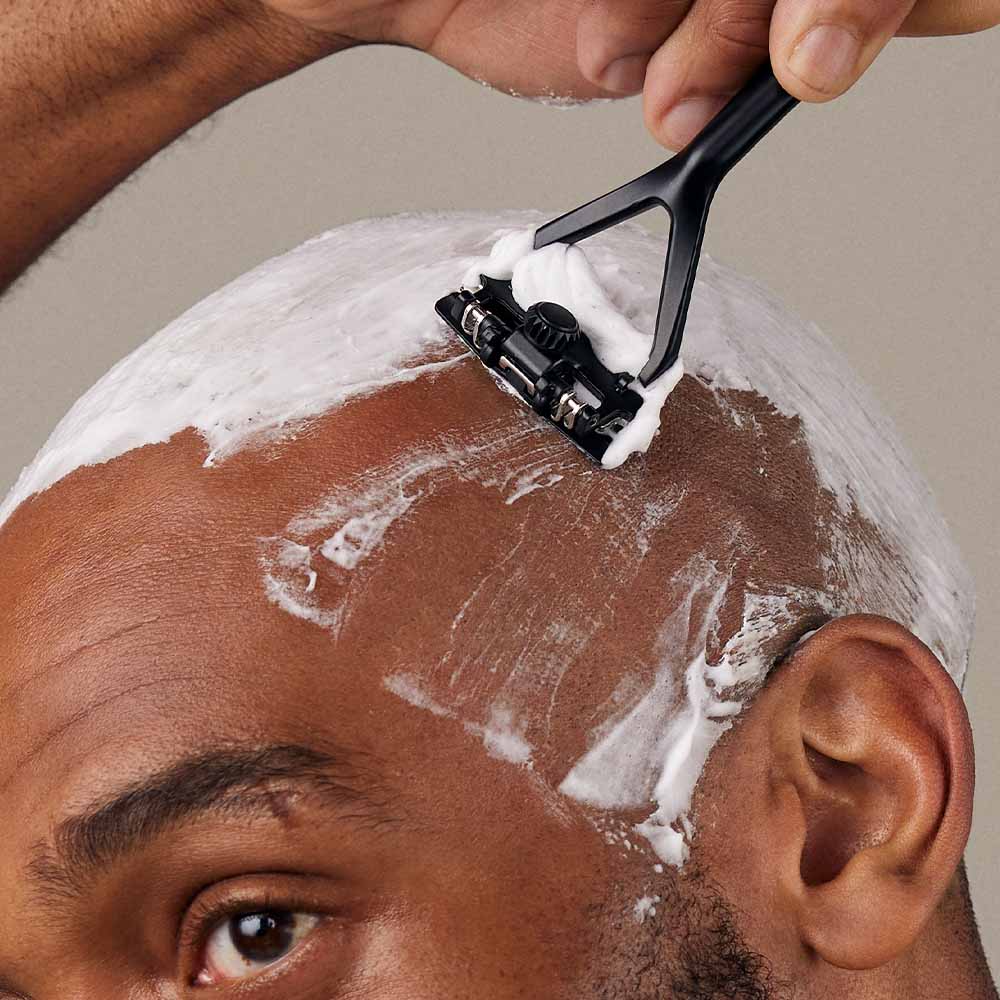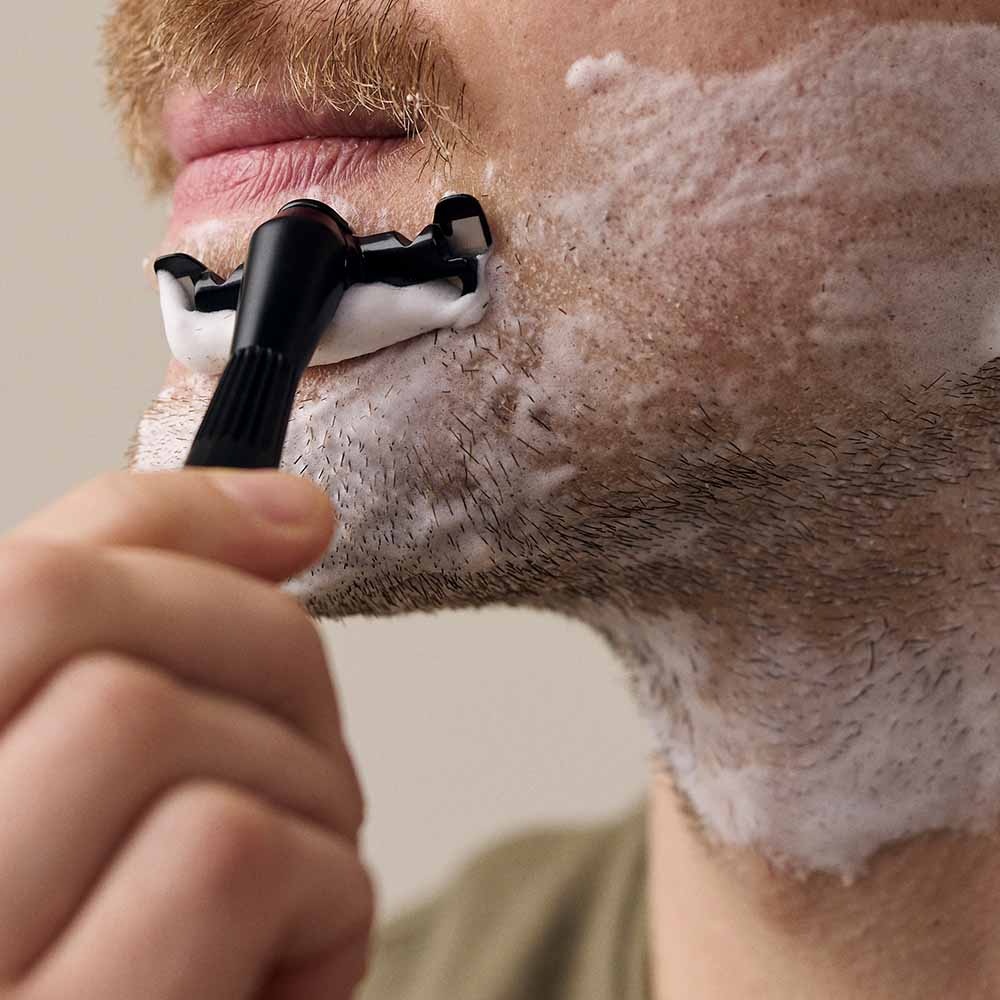Good study design aims to establish valid and meaningful conclusions using statistical methods while employing an ethical approach. We are not scientists by training, though my background in the medical industry has exposed me to clinical study design, execution, and results. I believe I held on as closely as possible to those ideals throughout this process.
I enjoy doing and learning new things, and I loved the challenge of establishing an objective study design around shaving.
The Razor Study is our first foray into establishing a scientific approach for understanding the relationship between shaving outcomes and the technology used. The Razor Study is a cohort-based prospective study testing our hypotheses around safety and efficacy.
Cohorts
Most people who come to Leaf Shave are making the switch from the “gold standard” of plastic cartridge razors and have not yet used a safety razor. Or they’ve tried to use one and did not have a positive experience. They are often trying to decide between the Leaf Razor, and one of any number of clones of a classic safety razor, often referred to as a double edge (”DE”) safety razor.
Therefore, I established two cohort groups to study — one would receive a classic DE safety razor and the other would receive a Leaf Shave triple-blade, pivoting head razor. The study took place over a period of 12 weeks, and participants replaced their current shaving razor with razors we provided. I wanted to have a control group as well — a group of participants who would continue shaving with their current plastic razors throughout the term of the study, complete all of the same steps, surveys, and reporting that the two test groups were going to complete. Therefore third cohort was established.
Recruitment
We determined the sample size of approximately 30 people in each of the three cohort groups would be likely to provide enough power in the data for statistically-significant outcomes as opposed to outcomes driven by random chance. So we recruited 100 people who met the minimum criteria, knowing there would be fallout along the way throughout the study.
The Criteria
- - Participant has no previous experience using a traditional DE safety razor
- - Participant has no previous experience using a Leaf Shave razor
- - Participant shaves regularly, able to record a minimum of 15 shaves over a 12-week period
Execution
Participants filled out a survey upon recruitment prior to receiving their cohort assignment and filled out a survey at the close of the study. Throughout the study, participants completed and submitted at least 15 shave reports over 12 weeks. Shave reports took the form of a ten question post-shave survey.
We gathered over 1,500 shave reports across all three cohorts, detailing more than 15,000 data points from those shaves.
Survey questions can be viewed in Appendix A through C of The Razor Study.
Data Analysis
All participants received a randomized study ID used to submit all surveys. This way, the data was anonymized. The data analyst was blinded to the cohort group any given datapoint or survey was tied to.
Statistical analyses were performed in Excel. Select dependent variables were analyzed between groups using independent samples t-tests, and all other dependent variables were analyzed between groups over time using two-way repeated ANOVAs. All data was compiled and presented in the study as mean +/- standard deviation values, and statistical significance was set at p < 0.05.
Next Steps
I found the data coming out of The Razor Study to be compelling, and some of it was even surprising. There were issues and limitations with this study — importantly some in selection criteria. Recruitment was unintentionally biased towards folks actively thinking about an alternative solution, and thus, less likely to be very satisfied with their current shaving razor. The study was performed by Leaf Shave — that’s us, not an independent party. Even though we executed it ethically and with intention and action to do things correctly, this is a conflict none the less. In scope, the study attempted to look into a rather large number of factors.
I will continue to invest in building scientific support for what our unique designs can do to help move the art of shaving forward, especially as we reduce unnecessary waste from this very personal activity. We look forward to designing The Razor Study 2, with all that we have learned.
Cheers, Adam.


